International Zebra Day: Top 5 facts about these striped animals
- Published
- comments
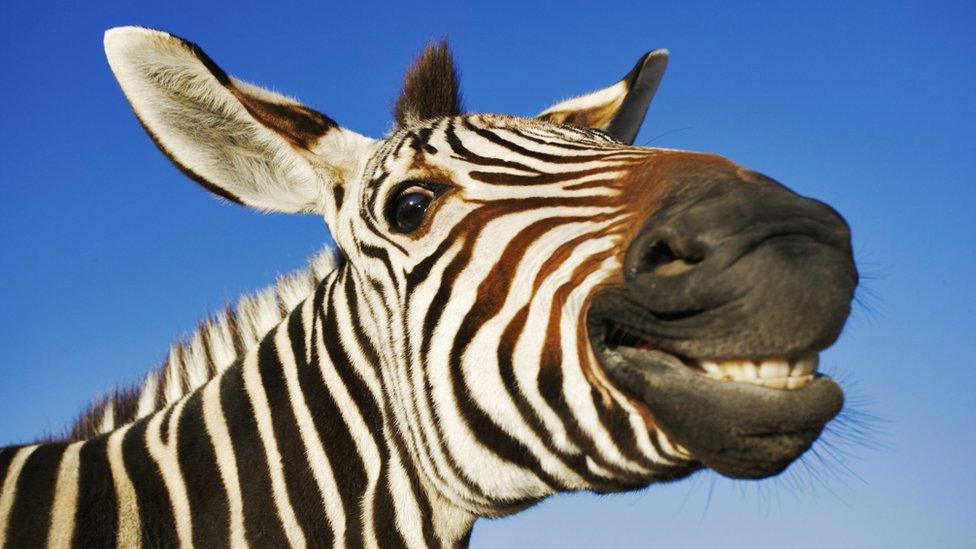
On 31 January, people around the world will be marking International Zebra Day - a special day to celebrate these magnificent animals.
Native to Africa, there are several species of zebra which can found in the wild in different countries across the continent.
Zebras are social animals that live in large groups called herds in a variety of habitats including savannahs, grasslands and woodlands.
However, in some places zebras are under threat from habitat loss, climate change and poaching and the event also highlights the importance of protecting these striped species.
Read on to find out more facts about them.
Do you love zebras? What do you like about them? Let us know in the comments below!
1. There are three different species of zebra
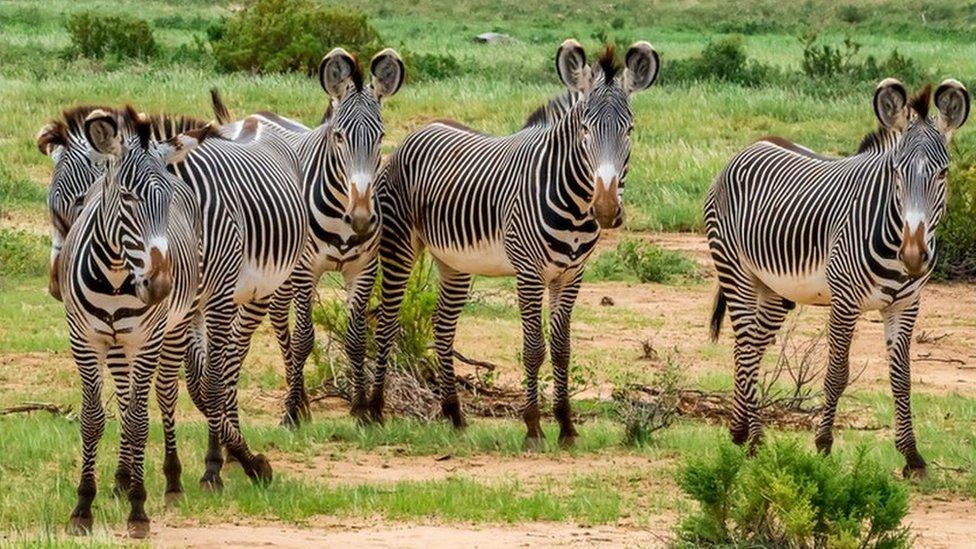
There are actually three different species of zebra: the plains zebra, the mountain zebra and the Grévy's zebra.
The most common species is the plains zebra with around 750,000 animals thought to live in the wild, however the largest of the three species, the Grévy's zebra, is the most threatened.
There are thought to be only around 2,500 Grévy's zebras in the wild and the species has been listed as endangered by the International Union for Conservation of Nature.
2. Every zebra has a different stripe pattern
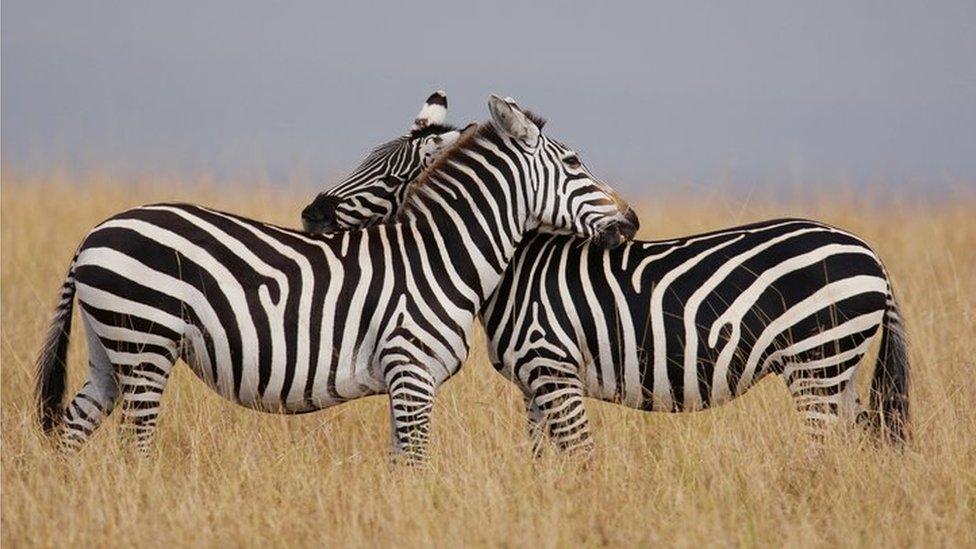
Just as no two people have the same fingerprint, the same is true with zebras and their stripes - each animal has its own unique stripe pattern!
Although, why these mammals have stripes is still baffling scientists, but there are a few different theories!
Some experts believe it is to stop flies from landing on the creatures, or to help them cool down.
While others think the stripes confuse predators such as lions, and protects the animals by dazzling others and masking their movements in an optical illusion!
3. Some zebras have spots!

Zebras are most famous for their distinctive black-and-white stripes, but did you know that not all of them are patterned in that way.
Foals are actually born with brown and white stripes, which darken as they grow older.
Zebras can also be affected by albinism, a rare genetic condition that results in little or no production of a pigment called melanin - which causes them to develop golden stripes.
Although very rare, zebras have also been spotted with spots instead of stripes!
4. Zebras spend most of their day eating
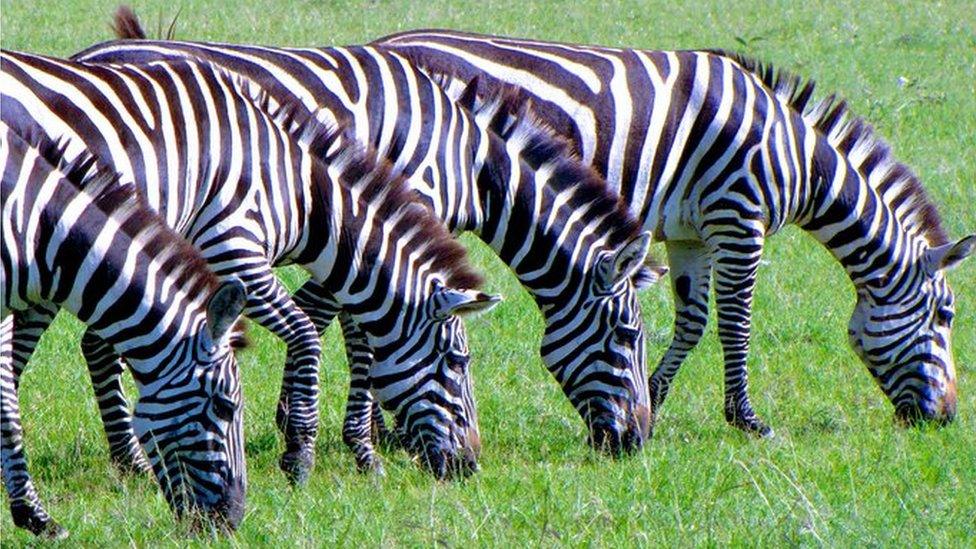
Zebras are herbivores and feed mostly by grazing on grasses, leaves, shrubs and fallen fruit.
They have strong front teeth and special digestive systems which can breakdown highly fibrous plants, twigs and even bark!
They graze for many hours each day, often spending up to 18 hours daily feeding in the wild!
They also are known to travel hundreds of miles in their herds in search of more food and water.
5. They can run pretty fast!
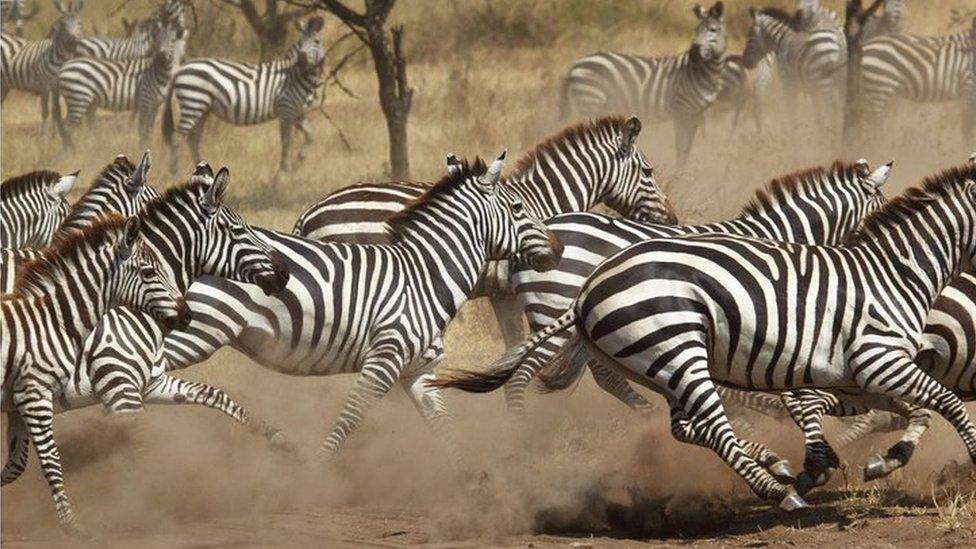
Zebras are equine animals, and just like horses - they can walk, trot, canter and gallop!
Even though they are mainly seen grazing and walking, they are actually capable of reaching speeds up to 40 miles per hour!
Zebras rely on this speed as well as their agility and stamina to help them outrun predators.
One trick they use, is to run in a zigzag direction to confuse other animals.
